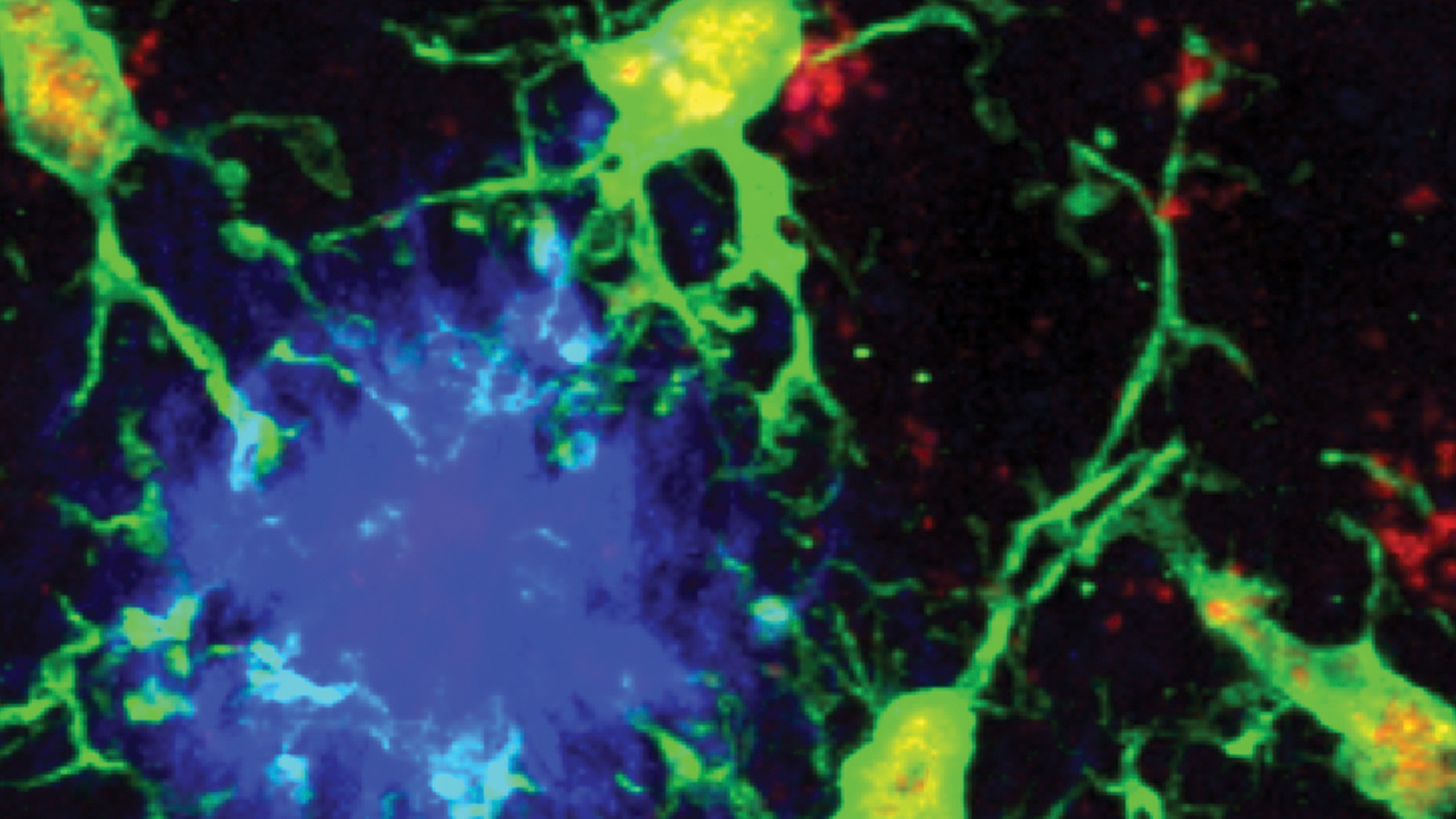

International research team identifies distinct population of neuroprotective immune cells of the central nervous system
In Alzheimer’s disease, the leading cause of dementia, microglia—the brain’s immune defenders—can act as both protectors and aggressors, shaping how the disease progresses.
Researchers from the Icahn School of Medicine at Mount Sinai, in close collaboration with colleagues at the Max Planck Institute for Biology and Ageing in Cologne, Germany, and at The Rockefeller University, The City University of New York, and other international partners, have identified a distinct population of neuroprotective microglia that may point to a new therapeutic approach for Alzheimer’s disease.
In a study published November 5 in Nature, the team reports that microglia that have reduced expression of the transcription factor called PU.1, and that also have co-expression of the lymphoid-like receptor CD28, act to limit neuroinflammation and to slow amyloid plaque build-up and neurotoxic tau protein spreading in the brain, the major hallmarks of Alzheimer’s pathology.
